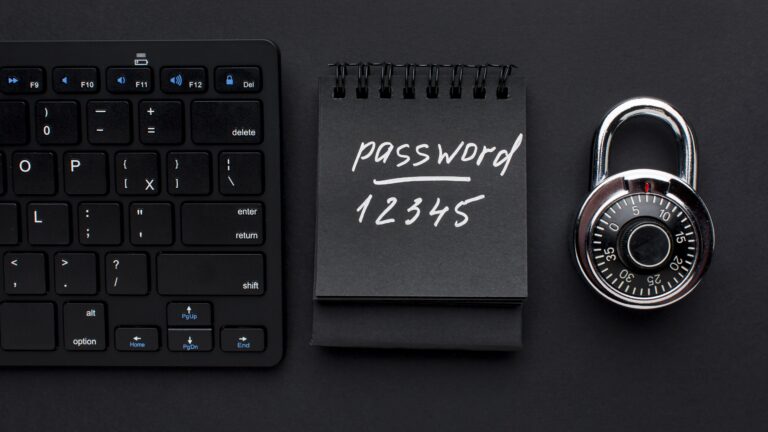The paper “A Group Signature and Authentication Scheme for Blockchain-Based Mobile-Edge Computing” (IEEE, 2020) discusses the integration of group signatures and blockchain technology to address authentication challenges in decentralized systems, especially in mobile-edge computing environments. This research emphasizes the scalability, security, and privacy benefits of using group signatures, particularly in environments where large-scale IoT devices need to communicate securely and anonymously. The study’s findings underscore how these technologies can enhance privacy by allowing users to authenticate without revealing their identities, setting a foundation for more robust security systems.
That’s where Visa International Service Association (Visa) comes in. Through their innovative approach outlined in their recent patent on Group Signature Authentication, they’ve created a solution that not only enhances security but also protects user privacy. This new technology could be the future of authentication, especially as we move into an increasingly connected and decentralized world.
Group signatures ensure secure authentication without revealing personal identity, promoting privacy.
Why Traditional Authentication Methods Aren’t Enough
In today’s fast-paced, data-driven world, we rely on various methods to authenticate users. Passwords, fingerprint scanners, facial recognition—these are just a few of the conventional methods that we trust every day. But these systems are far from flawless. Passwords are often weak or reused, leaving them vulnerable to breaches. Biometric systems, while more secure, can be compromised or hacked, and they introduce privacy concerns.
On a larger scale, these traditional methods can’t keep up with the demands of an interconnected world. Systems are becoming more complex, with millions of devices interacting in real-time. From smart homes to autonomous vehicles, blockchain networks, and financial transactions, we need a solution that is not only secure but also scalable, decentralized, and privacy-conscious.
The Novel Concept: Group Signatures Explained
So, what exactly is a group signature, and why is it such a big deal in the world of authentication? Let’s break it down.
At its core, the concept revolves around cryptographic proofs. In traditional authentication methods, you authenticate by proving your identity (think: your password, face, or fingerprint). But group signatures work differently. Instead of verifying an individual’s identity, the system allows a group of devices to vouch for one another’s authenticity.
Here’s how it works: each device is part of a trusted group, and when a user needs to authenticate, the group collectively verifies their identity without revealing personal information. The beauty of this system lies in the balance it strikes between privacy and security.
For instance, imagine an IoT device in your home that needs to verify its authenticity to another device, say a smart thermostat. With group signatures, this can be done without disclosing your personal data, while ensuring that the communication remains trustworthy and secure.
This innovation directly addresses several pain points in the current landscape:
- Privacy: Individual identities remain shielded, even when devices are being authenticated.
- Security: The group guarantees that no malicious actors can impersonate legitimate devices.
- Scalability: As more devices join the network, the system can scale without sacrificing performance or reliability.
The system scales effectively for large networks, including IoT devices, without compromising security.
Real-World Impact: From Concept to Applicability
The potential of Visa International Service Association (Visa) patent goes far beyond simple user authentication. The implications are wide-reaching, especially when it comes to the ever-expanding Internet of Things (IoT).
IoT Networks
In IoT, countless devices need to communicate securely and without interruption. However, traditional authentication methods often create bottlenecks. Group signatures provide a more scalable solution, where devices authenticate themselves without central servers. This system enhances the overall efficiency of an IoT network, making it easier to onboard new devices without the need for complex, centralized management.
For example, a smart home could use this method to ensure that only authenticated devices (like lights, thermostats, or security cameras) are able to communicate with each other. The homeowner’s privacy remains intact, while the system can scale seamlessly.
Blockchain and Decentralized Apps (dApps)
Blockchain technologies and decentralized applications (dApps) are also ripe for this type of innovation. In decentralized networks, maintaining the anonymity of users is crucial for both privacy and regulatory compliance. Group signatures allow for secure, anonymous authentication that can be verified without exposing user data, enhancing the credibility of blockchain-based systems, and pushing them toward mainstream adoption.
Why This Matters for the Future of Digital Security
The introduction of Visa latest work marks a fundamental shift in how we think about digital security. It’s not just a step forward in authentication—it’s a philosophical shift towards a privacy-first approach to technology.
As more industries and sectors move toward decentralized systems, the need for robust authentication methods like group signatures becomes even clearer. We’re not just talking about tech enthusiasts or early adopters—we’re talking about the millions of users who will soon interact with smart cities, autonomous vehicles, and secure online financial systems. Privacy, security, and scalability are no longer optional; they are essential.
Moreover, this technology plays a significant role in brand-building for the patent holders. By developing this unique solution, the patent researcher and filing company position themselves as innovators and thought leaders in the cybersecurity space. They are paving the way for more secure, privacy-respecting digital ecosystems that are crucial for the future of the Internet of Things and blockchain technologies.
A Glimpse into the Future of Authentication
As we stand on the precipice of a new digital age, it’s clear that privacy and security must coexist. The authentication methods we use today can’t keep up with the demands of a connected world. The advent of this patent by Visa offers a glimpse into the future, where authentication is not just secure but also respects the privacy of individuals.
This patent represents much more than a technical solution—it’s a game-changer that could lay the foundation for the next generation of secure, scalable, and
privacy-conscious systems.
As digital threats evolve, so too must our approaches to security. The innovations are not just responding to today’s challenges—they’re preparing us for the future of a connected, secure, and private digital world.


